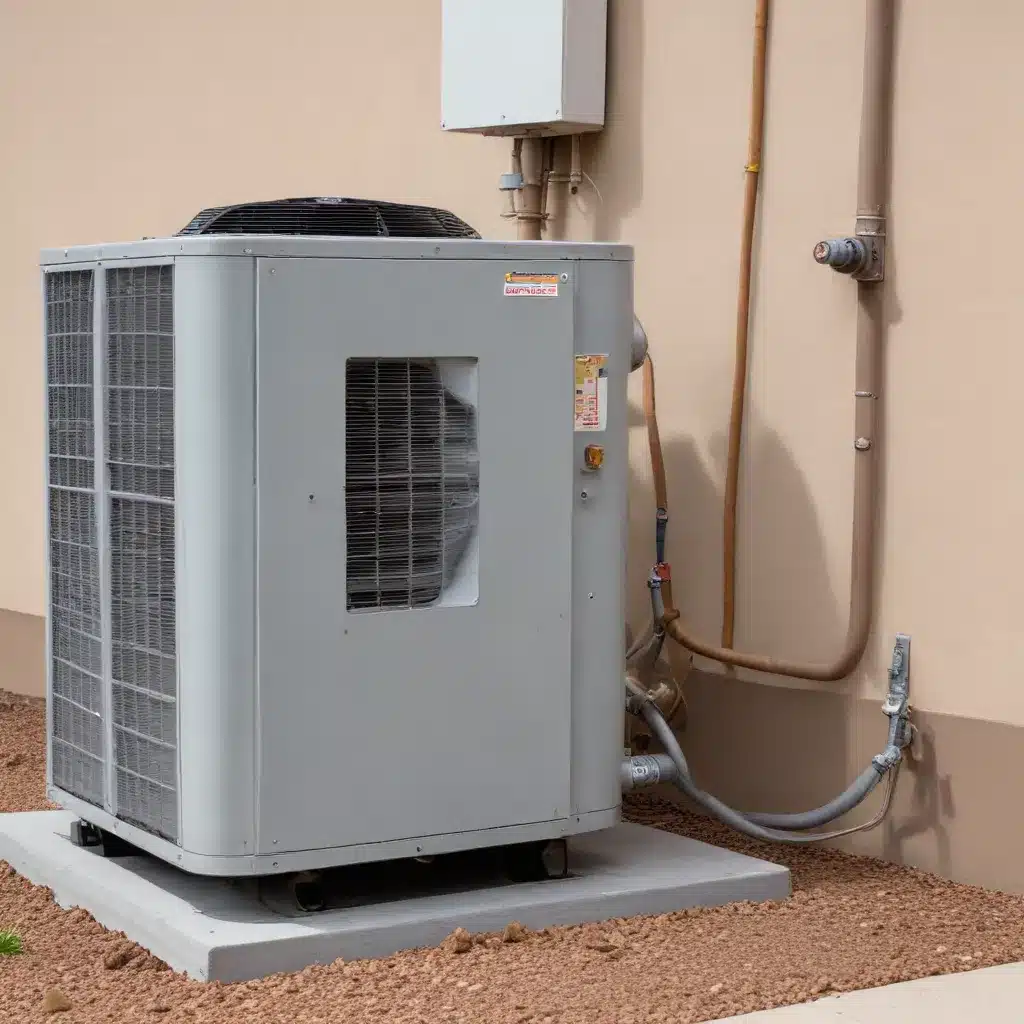
In the world of heating, ventilation, and air conditioning (HVAC), refrigerant management plays a pivotal role in maintaining system efficiency and safeguarding the environment. This critical process involves the safe recovery, recycling, and reclamation of refrigerants – essential chemicals used in cooling systems. As awareness of environmental issues grows, the significance of refrigerant reclamation has never been more crucial.
The Environmental Impact of HVAC Systems
HVAC systems, while essential for maintaining indoor comfort, can have a significant impact on the environment if not managed responsibly. The primary concerns stem from the greenhouse gas emissions and energy consumption associated with these systems, as well as the improper disposal of refrigerants.
Greenhouse Gas Emissions: Many refrigerants used in HVAC systems are potent greenhouse gases that can contribute to global warming if released into the atmosphere. Older refrigerants, such as chlorofluorocarbons (CFCs) and hydrochlorofluorocarbons (HCFCs), are particularly harmful, as they deplete the ozone layer and trap heat in the Earth’s atmosphere.
Energy Consumption: HVAC systems are energy-intensive, responsible for a significant portion of a building’s overall energy use. Inefficient or outdated equipment can lead to excessive energy consumption, further exacerbating the environmental impact.
Refrigerant Disposal: Improper disposal of refrigerants can have devastating consequences for the environment. When released into the atmosphere, these substances can contribute to ozone depletion and climate change. Responsible refrigerant management is essential to mitigate these risks.
Refrigerant Reclamation: A Sustainable Solution
Refrigerant reclamation is a crucial process that addresses these environmental concerns. It involves the safe extraction, purification, and reuse of refrigerants from HVAC systems, preventing their release into the atmosphere.
Refrigerant Reclamation Process: The reclamation process typically begins with the recovery of refrigerants from HVAC systems, often conducted by certified technicians. These refrigerants are then transported to dedicated reclamation facilities, where they undergo a series of purification steps to remove contaminants and restore the refrigerant to its original specifications. The reclaimed refrigerant can then be reintroduced into the supply chain, meeting the demand for high-quality cooling agents while reducing the need for newly manufactured refrigerants.
Benefits of Refrigerant Reclamation: By implementing robust refrigerant reclamation practices, HVAC system owners and operators can realize several key benefits:
- Environmental Protection: Reclaiming refrigerants prevents their release into the atmosphere, reducing the impact on the ozone layer and mitigating greenhouse gas emissions.
- Regulatory Compliance: Stringent regulations, such as the Clean Air Act in the United States, mandate the proper management and reclamation of refrigerants. Engaging in reclamation ensures compliance and avoids costly penalties.
- Cost Savings: Reclaimed refrigerants are often more cost-effective than newly manufactured ones, providing a financial incentive for HVAC system owners to adopt reclamation practices.
- Resource Conservation: By reusing and recycling refrigerants, reclamation contributes to a more circular economy, preserving valuable resources and reducing the demand for new refrigerant production.
Regulatory Frameworks: The importance of refrigerant reclamation is underscored by the regulatory landscape. Governing bodies, such as the Environmental Protection Agency (EPA) in the United States, have implemented stringent regulations to ensure the proper handling and disposal of refrigerants. These regulations, which are continuously evolving, provide a framework for HVAC professionals and facility managers to follow best practices and minimize the environmental impact of their operations.
Refrigerant Reclamation Technology
The advancements in refrigerant recovery equipment and purification systems have played a pivotal role in the effectiveness of refrigerant reclamation. These specialized tools and technologies enable HVAC technicians to extract, clean, and reuse refrigerants with a high degree of efficiency and purity.
Refrigerant Recovery Equipment: Specialized recovery machines are designed to extract refrigerants from HVAC systems with minimal loss. These machines use various techniques, such as the push-pull method, to efficiently remove both liquid and gaseous refrigerants, ensuring a comprehensive recovery process.
Refrigerant Purification Systems: Once the refrigerant is recovered, it undergoes a purification process to remove contaminants and restore it to its original specifications. This is typically accomplished through a series of filtration, distillation, and drying steps, ensuring that the reclaimed refrigerant meets industry standards for purity and quality.
Advancements in Reclamation Technology: Continuous innovation in the HVAC industry has led to the development of more efficient and environmentally friendly reclamation technologies. These advancements include enhanced recovery equipment, advanced purification methods, and real-time refrigerant tracking systems that optimize the reclamation process and minimize the risk of refrigerant loss.
Refrigerant Management Strategies
Effective refrigerant management is crucial for ensuring the longevity, efficiency, and environmental compliance of HVAC systems. This involves a comprehensive approach that addresses various aspects of refrigerant handling.
Refrigerant Leak Prevention: Proactive measures, such as regular system inspections, preventive maintenance, and the use of leak detection methods, can help minimize the risk of refrigerant leaks, which can lead to significant environmental and operational issues.
Refrigerant Inventory Tracking: Maintaining a detailed record of refrigerant usage, storage, and disposal is essential for compliance with regulatory requirements and optimizing the reclamation process. Refrigerant cylinder tracking systems can help HVAC professionals monitor their refrigerant inventory and plan for responsible reclamation.
Recycling and Reuse: In addition to reclamation, the recycling and reuse of refrigerants play a crucial role in sustainable refrigerant management. By repurposing recovered refrigerants, HVAC professionals can reduce the demand for new refrigerant production and contribute to a more circular economy.
As the HVAC industry continues to evolve, the emphasis on refrigerant reclamation will only grow stronger. By embracing robust refrigerant management strategies, HVAC professionals and facility managers can ensure compliance, enhance operational efficiency, and contribute positively to the protection of our environment. Investing in refrigerant reclamation is not just a regulatory obligation; it is a commitment to sustainability and responsible business practices that will shape the future of the HVAC industry.

